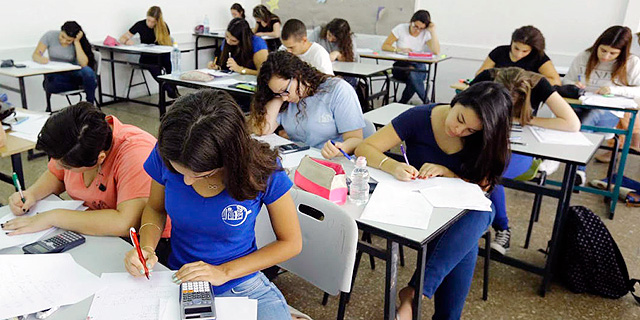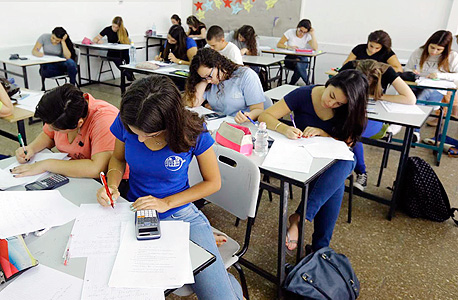
Election
Israelis Pay More for Basic Necessities
Ahead of the country’s general election set for September 17, the Israeli government has been boasting lower prices, allegedly brought on by encouraging competition in a free market. However, while some products did become cheaper in recent years, Israel is still among the most expensive countries in the OECD
Food: prices 19% higher than OECD average
Unlike the price of flights, which most Israelis are affected by only once or twice a year (if at all), the high price of food bears a daily impact. Despite having dropped by 5% within two years, food prices in Israel are still 19% higher than the OECD average, according to a report released by the organization in March 2018. The report criticized the Israeli market for being less competitive and less inviting for imports than the OECD standard, blaming these factors for high food prices.
In another report on agricultural policies released in March, the OECD also criticized governmental support of agriculture, which costs Israeli consumers NIS 5 billion (approximately $141 million) a year. According to the report, Israelis pay 16% more than the OECD average on agricultural produce, while the state is charging high tariffs on imports of lamb, eggs, fruit, and certain vegetables. In some cases the situation is even worse: Israelis pay 65% more than the OECD average on chicken and 101% more on bananas. Housing: 160 monthly salaries required to buy an apartmentIn 2006, Israelis needed a sum equivalent to 100 average monthly salaries in order to buy an apartment. In 2018, they needed 160 average salaries, according to OECD data.
During a visit to Israel last year, Willem Adema, a senior economist for the OECD, presented data he collected on the local housing market. According to Ademe, people who live in a rented apartment in Israel spend 25% of their gross adjusted disposable income on rent while homeowners paying mortgages spend 15%, a gap that is among the highest in the organization. As people who can afford a mortgage are often better off than those renting the apartments they live in, this gap means a substantial burden on those coming from lower socio-economic backgrounds. Of Israelis in the lowest quintile who rent apartments, 55% spend more than 40% of their gross adjusted disposable income on rent, compared to an OECD average of 45% of people in the lowest quintile, the data showed. According to data from Israel’s Central Bureau of Statistics, since Netanyahu took office in 2009, the price of housing rose by over 90% while the general inflation rate only grew by approximately 12.3%.Education: most expensive preschools in the OECD
Not including taxes, Israeli parents pay, out of their own pockets, 0.31% of the country’s gross domestic product (GDP) on preschool education for their children, making it the most expensive among OECD countries. For comparison, in France, Italy, and Ireland, parents respectively spend 0.05%, 0.072%, and 0% of their countries’ GDP on preschool education.
Private spending on schools, from first to twelfth grade, amounts to about 0.47% of Israel’s GDP, compared with an OECD average of 0.32%. Since 2009, education prices in Israel have been on a rise: academic studies are now 17% more expensive, as is elementary school education; preschool education prices rose by 14%; informal education and summer school prices rose by 13%; and junior high and high school costs went up by about 10%; all compared to a 12.3% rise in the general inflation rate.Healthcare: just 8% of the population settles for public healthcare
As Israel’s public healthcare system continues to struggle, many Israelis find themselves supplementing the country’s mandatory universal medical insurance with out-of-pocket private policies. Private or supplementary insurance, provided by the country’s health maintenance organizations (HMOs), are acquired by 92% of Israelis, according to a report published in May by Jerusalem-based social research institute The Myers-JDC-Brookdale Institute. More than half of Israelis (54%) have both private and supplementary insurance. Among OECD countries, Israel is second only to France in the portion of the population that supplements its universal medical insurance with private services.
According to Israel’s Central Bureau of Statistics, Israelis spent NIS 11 billion (approximately $3.1 billion) on private or supplementary insurance in 2018, compared to about NIS 6 billion (approximately $1.7 billion) a decade earlier.
No Comments Add Comment